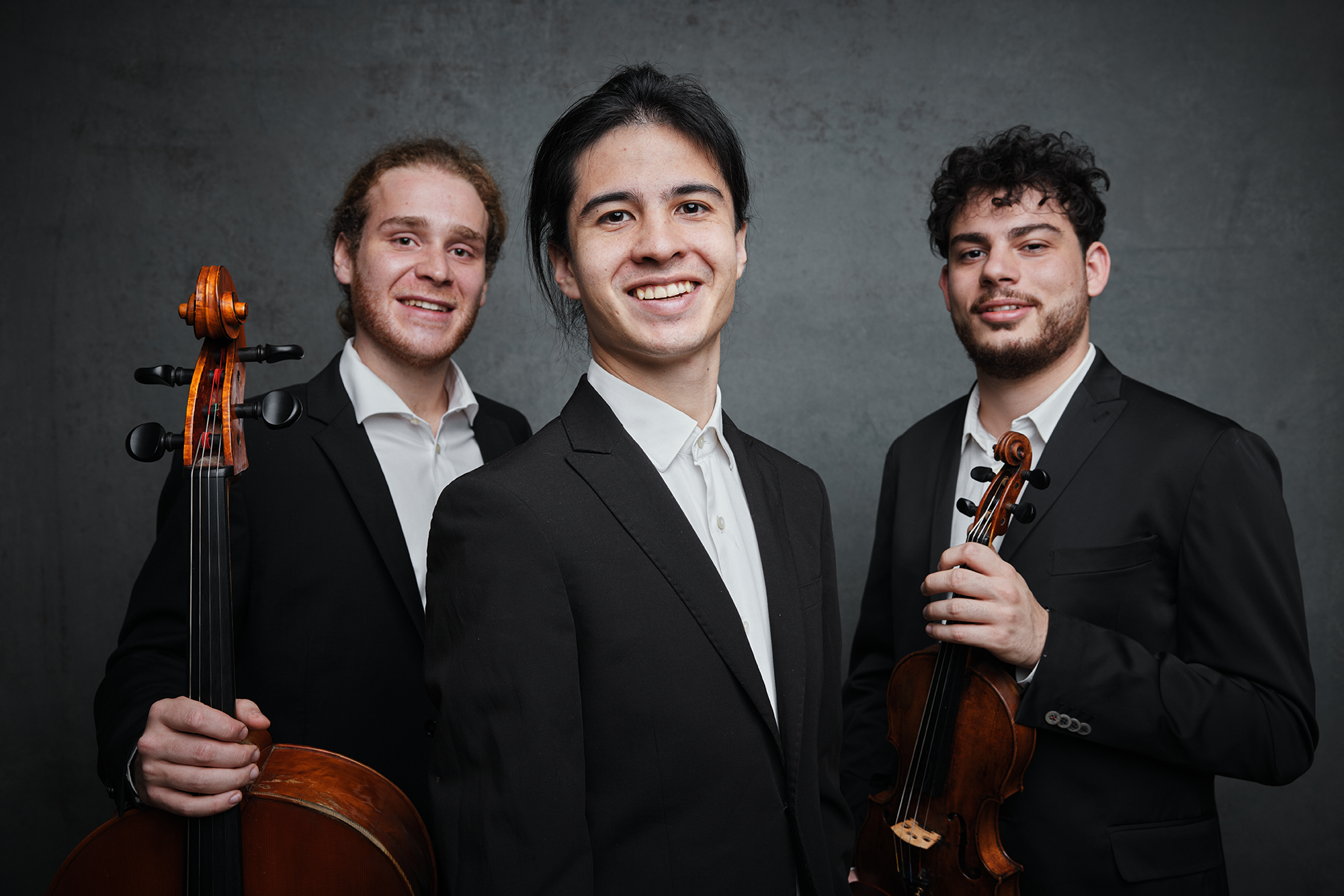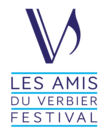
TRIO CONCEPT - PRIX YVES PATERNOT LAUREATE
Programme
JOSEPH HAYDN (1732-1809)
Trio in C major, Hob. XV:27
MAURICE RAVEL (1875-1937)
Trio in A minor
Distribution
‘People were astonished that such a beautiful thing could exist, and yet it has been in print with Breitkopf for a long time’. This is how Mendelssohn described Haydn’s Trio in C major. The work is in fact dated 1797, when Haydn was at the height of his art and reputation, having just returned from a London tour that had brought him fame and glory. The first movement is an ideal balance between the composer’s extremely elegant style and the musical inspirations he gleaned from his travels, primarily from the gypsy tradition.
Ravel’s Trio, on the other hand, hides a much more contrasting landscape beneath its main key of A minor. The many formal innovations (from the Basque zortziko dance rhythm to the famous pantoum, an oriental poetic form consisting of two intertwined themes that structures the second movement) threaten the classical foundations of the work, which is brought to grace by the discreet poetic outpouring of its melodies and the structural intelligence of the man who remains one of the greatest orchestrators in the history of music.
